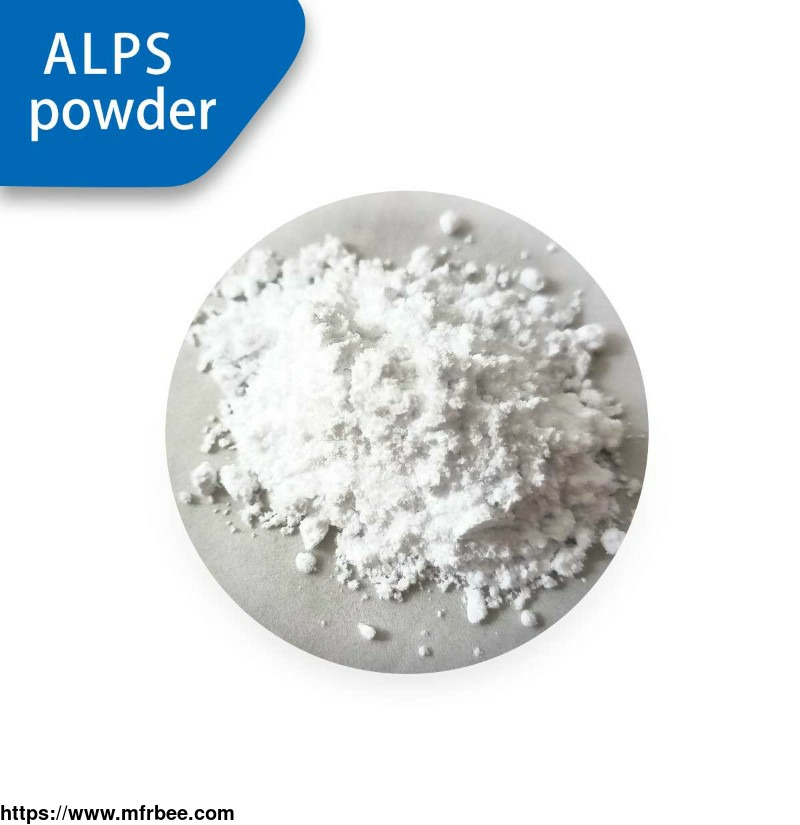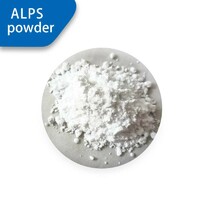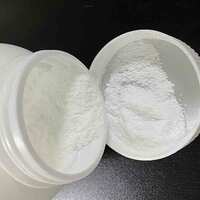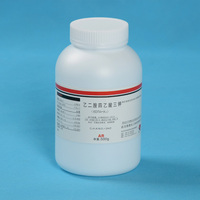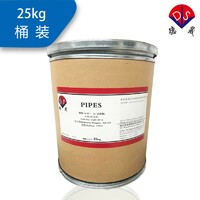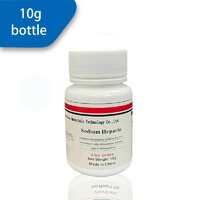What are the differences between the new Trinder's reagents TOOS, ALPS, MAOS, etc
Product Quick Detail
- FOB Price
- USD $41.80 / Piece
- Place Of Origin
- China (Mainland)
- Minimum Order
- 1
- Packaging
- 1g/pc
- Delivery
- 15 Days
Specifications
In enzyme-linked immunosorbent assay, horseradish peroxidase HRP has a variety of substrates, among which the new Trinder's reagent is a type of chromogenic substrate with high sensitivity and
little interference. This type of reagent includes more than ten types, including TOOS, ALPS, MAOS, etc. What are the differences between them?
The new Trinder's reagent is developed and improved on the basis of traditional chromogen substrates such as phenol or aniline. On the basis of traditional chromogen, some functional groups are
replaced and modified to change the water solubility, reagent compatibility, stability, and maximum absorption wavelength of color products. Desheng Technology has focused on developing ten new
Trinder's reagents for chromogen substrates.
As we know, the detection principle of Trinder's reagent is to use it to participate in the reaction and generate a color product with a specific absorption wavelength, and then use
spectrophotometry to measure the absorbance change at a specific maximum absorption wavelength to analyze the concentration of the substance to be measured. The maximum absorption wavelength and
light absorption intensity of color reaction products from different chromogenic substrates determine the performance differences of chromogenic substrates.
Through the Trinder reaction test, we have calculated:
The experimental results show that the chromogenic substrates ALPS, TOOS, TODB, and TOPS have a higher molar absorbance of the color product, which means that the sensitivity of the color
reaction is higher, and it can be used for the determination of very small amounts of items to be measured in some serum.
The absorption wavelengths of chromogen MAOS and MADB are higher, reaching 630 nm, with less interference from other substances in serum or other samples, and can be targeted at detection items
that require high accuracy values.
In addition, in terms of the fading of the color reaction products, the absorbance of the color reaction products formed by TOOS, ADOS, and DAOS does not change significantly with time, that is,
the color reaction products are stable and not easy to fade. However, the products of MAOS have significant discoloration, and timely observation of data is required during testing.
The differences between different Trinder's reagents can be summarized as follows:
TOOS has good performance in terms of absorption wavelength, color reaction intensity, and fading, so it is most commonly used.
2. Of course, for a specific item to be tested, its content is extremely small, so ALPS and TODB need to be used.
3. If some items to be tested are between 550 nm and 600 nm, and there will be interference, you can choose MADB or MAOS.
In practical applications, the new Trinder's reagents corresponding to the detection of some indicators are not significantly different and can be used interchangeably. Therefore, it can be seen
that different diagnostic materials or kits from different companies use different chromogen substrates when detecting the same biochemical indicator. The ten chromogen substrates developed by
Desheng can meet the needs of different companies.
- Country:
- Business Type:
- Market:
- Founded Year:
- Address:
- Contact:Jing Zhao
